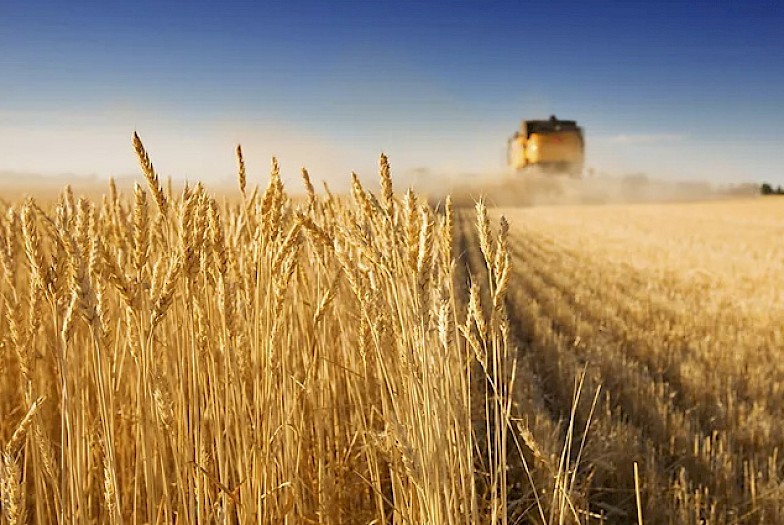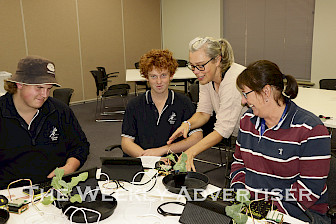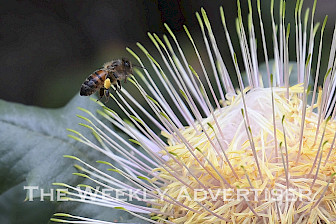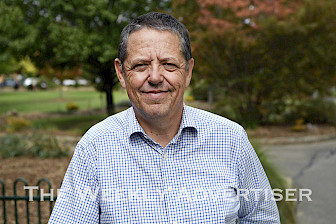In particular, this allows commercial and industrial customers that run emissions-intensive processes to procure this product to displace fossil-gas supplies, at competitive cost.
This makes use of existing pipelines, engines, boilers, turbines, co-generation plants, kilns and refineries, for instance, and contributes to national energy security.
The process itself has many benefits, not the least being that it makes use of biological wastes that are already being produced. Essentially, croppers will end up with an excess of straw and residue in most harvest cycles. In the 2022-2023 harvest, combined forecast volumes of wheat, barley and canola straw and harvest residues within a 150-kilometre radius of Ararat
could be as high as six-million tonnes.
In years of oversupply, this waste material can be a burden and is often landfilled, left to rot or even burnt without any energy recovery.
The widespread practice of residue burnoff has several unique challenges, one of which is an increasing risk of wildfire.
Evidence seems to indicate that while there is some benefit to burning of crop stubble, this is outweighed by significant drawbacks of doing so, including denaturing of nutrients, increased soil instability and direct emissions of carbon dioxide, smoke and particulates to the atmosphere. Notwithstanding, the cost to manage the process, for questionable gain.
At the other end of the scale, there are some farmers who legitimately elect to simply till their crop residues back into the soil. A primary advantage here is it greatly reduces the risk of water and wind erosion in the soil substrate. However, there is of course a physical upper limit to how much root stock and stubble can practically be tilled back into the soil.
Research completed on behalf of Grains Research and Development Corporation shows that if there is not the right ratio of carbon, nitrogen, phosphorous and sulphur in your soil, then much of the stubble retained is lost to the atmosphere as carbon dioxide in a relatively short timeframe, as it breaks down and degrades naturally.
Therefore, farmers would need to spend a prohibitive amount on fertiliser to address this imbalance.
Importantly, straw that is cut, baled and removed after harvest would still leave sufficient stubble and root stock to retain soil structure and sequester carbon, with eight to 10 centimetres typically left above the ground.
Furthermore, in relation to a biogas installation that uses straw as fuel, the residual carbon, growth nutrients and minerals can be recovered and recycled through redistribution of digestate, the material left behind after the biogas process, displacing fossil-based fertiliser and delivering a positive circular economy outcome for regional farming communities.
Anaerobic digestion works at, or close to, ambient temperature and low pressure, too, so it is relatively simple to operate and well suited to integration into the rural landscape.
The net impact of such a facility delivers considerable environmental, social and economic benefits compared with ‘business as usual’ and represents an exciting development, backed by solid science, mature technology and decades of operational experience.
– Scott Grierson, Pacific Heat and Power managing director, and western Victorian agronomist Craig Drum
The entire October 26, 2022 edition of The Weekly Advertiser is available online. READ IT HERE!
The entire October 26, 2022 edition of AgLife is available online. READ IT HERE!






